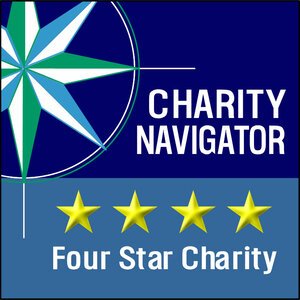By Diane Josephy Peavey
The Trailing of the Sheep Festival, in Sun Valley, Ketchum and Hailey, Idaho, starts tomorrow, Wednesday, October 5, and runs through October 9. It is a festival that is celebrating its 20th year of preserving the stories and history of sheep ranchers and herders, celebrating the rich cultures of the past and present, and entertaining and educating children and adults about the production of local food and fiber that have sustained local economies for generations. Sheep rancher Diane Peavey and her husband John founded the festival in an effort to help newcomers to the area understand and appreciate its sheep-ranching history. We asked Diane to write a blog for us to share the story of this special festival. Enjoy!
This wonderful, appealing, “who ever thought of this” event called The Trailing of the Sheep Festival that last year hosted over 25,000 people from 36 states and eight foreign countries, turns 20 this year. But its beginnings were unique.
In the early 1990s our family, now five generations working sheep, reached out to newcomers and not-so-newcomers all angered over the sheep droppings on the new community bike path. Our phone rang off the hook. “Get YOUR sheep off OUR bike path. Their droppings are getting caught in my roller blades and bike tires.”
Sad but true. The path was the pride of the county but unbeknownst to most of its citizenry, the bike path would never have become a reality without the support of sheep ranching families because it was to be built on top of the sheep right of way.
“A bike path across our sheep easement? Sure no problem,” sheepmen said. ‘We’re happy to share.”
But it turned out not everyone was as happy to share, especially those recreationists eager to fly down the new bike path that for a brief time each spring and fall was covered with sheep droppings. Oops.
We thought fast and my husband John—always happy to share what he most loves…his ranching life—invited the community to join us for coffee and a little history about sheep ranching at a local café and then follow us to the bike path and help herd the sheep south keeping them off the asphalt trail. That first year 20 people showed up. The following year there were many more and by the fourth year it was a Valley-wide occasion. We were becoming a community of herders. The controversy faded but not the crowds. Then in 1996 we got a call from the Chamber’s dynamic and creative director who got right to the point. “Let’s talk about your sheepherder walks,” she began, “I think we’ve got a festival here.”
That was 20 years ago. Slowly we created a three-pronged program for the second weekend in October, the time of year when we were moving our sheep from summer mountain pastures to desert winter range. First there would be a sheep parade down Main Street Ketchum, Idaho, of 1,500 whirling and dancing ewes. They were greeted with thunderous applause. No reenactment here. This was living history. We’d be moving the sheep with or without an audience.
Then we’d have a Folklife Fair with music, dance and food, shearing and working dogs that celebrated the cultures of the earliest herders—the Scots, the Basques and today the Peruvians.
And for the third event we were all in agreement. We would have a time for telling stories about sheep ranching and the families that have grazed their animals in the hills around Hailey and Ketchum and throughout the West for over 150 years.
This last program has become our most cherished and our lasting legacy, a time when we listen and record the stories of our families and our history. After the crowds have left and the sheep are miles south of town, the stories, the memories, the personal histories, the reminiscences of place and belonging, the conversations of survivability, of sustainability, the insights into our western landscapes remain.
In 2014, The Trailing of the Sheep Festival began a three-year storytelling adventure called “Celebrating Generations.” That year we honored “the Visionaries,” those first families who found a piece of western land that matched their dreams, made it home, made it their life’s work, cared for it and fed the country from its bounty.
In 2015, we heard the stories of second and third generations, “the Survivors,” who kept the family dream alive against huge odds during the farm depression of the 1980s, years of drought, fires, predation of their lambs, and dramatic growth in imported lamb and wool among other issues. They hung on.
This year our final year of Celebrating Generations, we will listen to the “Next Generation”—those poised to follow the generations of family before them. Will they hold onto the dream of their parents and grandparents or find an easier life for themselves? If they stay, will they lead this timeless profession through dramatic change over the next 20 years into a technological, computerized, genetically guided businesses or gently remold change so it can still exist alongside a band of sheep resting mid-afternoon in a mountain meadow?
This is a pivotal generation. What optimism or commitment will guide those who stay? Can they take up the dream of their great grandfathers and make it their own? There are stories to tell.
Looking back, looking forward at 20 years —The Trailing of the Sheep Festival.







